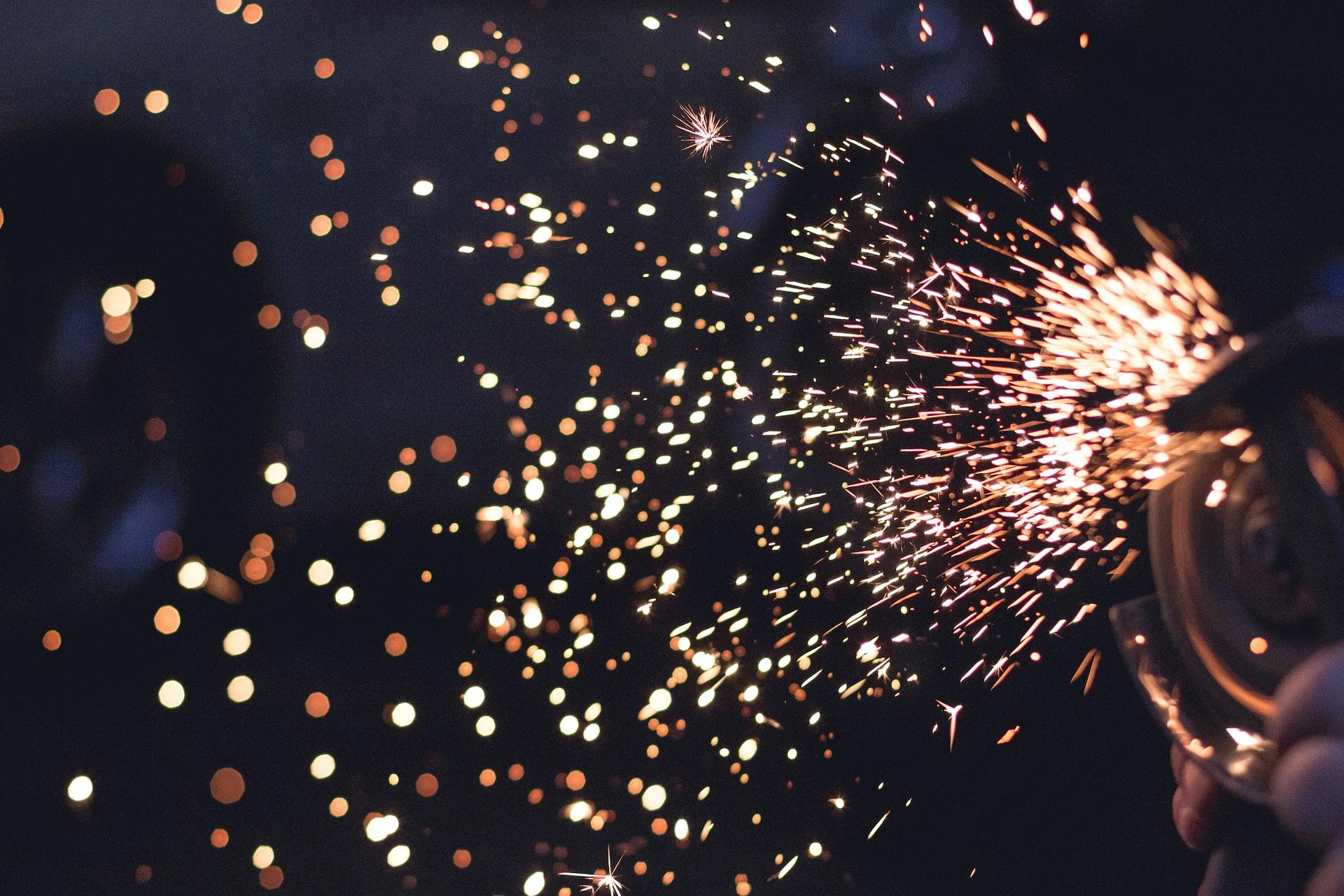What is Grinding? A Complete Guide to the Precision Machining Process

When you think of the word grinding, you might picture sparks flying off a spinning wheel or the steady hum of a machine shaping a metal surface. But grinding is far more than just a dramatic scene in a workshop—it's a highly precise and essential machining process used across a wide range of industries.
Whether you're in manufacturing, mechanical engineering, or simply curious about how things are made, understanding what is grinding can give you insights into one of the most fundamental processes in modern fabrication.
What is Grinding?
Grinding is a type of abrasive machining process that uses a rotating grinding wheel to remove material from the surface of a workpiece. The grinding wheel is made up of tiny abrasive particles that cut or wear away the material as it spins.
It’s used to:
-
Achieve precise dimensions
-
Improve surface finish
-
Shape or sharpen tools
-
Remove burrs or imperfections
Unlike other machining processes like milling or turning that use a cutting tool with defined edges, grinding relies on countless microscopic cutting points on the surface of the abrasive wheel.
⚙️ How Does Grinding Work?
At its core, grinding works through friction and pressure. Here's how the process unfolds:
-
The grinding wheel rotates at a high speed.
-
The workpiece (usually metal) is brought into contact with the wheel.
-
The abrasive grains on the wheel remove small bits of the workpiece surface.
-
Coolants may be applied to reduce heat and improve surface quality.
Because of its ability to deliver tight tolerances, grinding is often used as a finishing process—after other machining steps have removed the bulk of the material.
🔍 Types of Grinding Processes
There are several different types of grinding, each suited to a particular task. Let’s look at the most common ones:
1. Surface Grinding
-
Used to produce flat surfaces.
-
A grinding wheel moves over a fixed workpiece or vice versa.
-
Commonly used for finishing steel plates, dies, and tools.
2. Cylindrical Grinding
-
Used for round objects like shafts or rods.
-
The workpiece rotates while the grinding wheel moves across it.
-
Perfect for bearing journals and cylindrical tools.
3. Centerless Grinding
-
The workpiece is held between two wheels: a grinding wheel and a regulating wheel.
-
Used for high-volume production of small cylindrical parts.
4. Internal Grinding
-
Removes material from the inside of a hollow object.
-
Common in automotive and aerospace for components with tight tolerances.
5. Tool and Cutter Grinding
-
Specifically used to sharpen cutting tools like drill bits, milling cutters, and knives.
-
Precision and accuracy are crucial here.
- Art
- Causes
- Crafts
- Dance
- Drinks
- Film
- Fitness
- Food
- Games
- Gardening
- Health
- Home
- Literature
- Music
- Networking
- Other
- Party
- Religion
- Shopping
- Sports
- Theater
- Wellness


